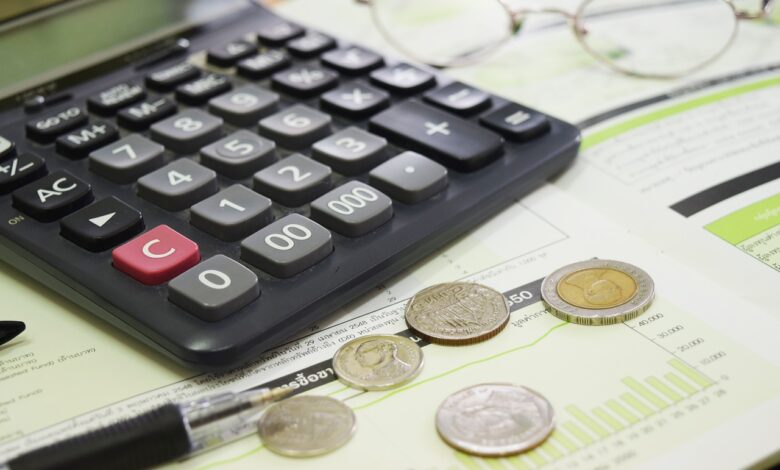WHAT IS ECONOMICS, ITS NATURE, AND BRANCHES OF ECONOMICS.

In economics and social science, human behavior patterns are researched and branches of economics. Economic theory is concerned with how people, families, enterprises, and governments use limiting resources to maximize profit. Economics, a broad discipline, deals with the optimum allocation of resources in society and can also get economics homework help. Within the area, there are several sub-disciplines that focus on different concerns.
WHAT IS ECONOMICS?
Economics is a social science that analyses the production, distribution, and consumption of goods and services. It looks into how people, businesses, governments, and countries decide how to allocate resources. Human behavior is at the heart of economics, which is based on the assumption that people act rationally in search of the greatest amount of benefit or value.
NATURE OF ECONOMICS
THE STUDY OF ECONOMICS AS A SCIENCE. There are several parallels between the problem-solving processes of science and economics. Another topic of disagreement is whether economics is a normative or a positive science.
Positive science is distinguished from normative science by its focus on “what is.” Normative science, on the other hand, is concerned with “what it should be.” Positive science clarifies the problem and determines if it is correct or incorrect. Normative science, on the other hand, assesses the entire notion. Through years of investigation, it has been determined that economics is both a positive and normative science.
ECONOMICS AS A SOCIAL SCIENCE: Economics may be classified as a social science. Because it’s a study of human behavior in relation to available resources in order to maximize profit. Economics, for example, is the study of how individuals use their income to purchase various goods and services in order to achieve maximum pleasure.
Furthermore, economics includes “how an organization’s decision-making process works,” “how a product is picked for manufacturing,” “plant location,” “production technique,” and “price.” The study of economics also includes the study of resource allocation. It also investigates how resources meet people’s needs. As a result, society’s welfare is maximized.
BRANCHES OF ECONOMICS.
The two main branches of economic study are microeconomics and macroeconomics. Microeconomics is the discipline of economics that studies how people and businesses function under narrow circumstances. Macroeconomics is the study of how the economy of a country, or perhaps the entire planet, operates.
MICROECONOMICS: Microeconomics is an economics subject that investigates how people and firms respond to changing economic situations. Production, which is defined as the transition of resources from one form to another, such as at a factory or office, is a topic covered by certain microeconomics.
Labor economics is the study of what drives employees and their employers, as well as what leads to hiring, layoffs, and wage modifications. Many company owners value microeconomics because it focuses on issues that they are concerned about. It’s often considered more realistic and far less abstract than macroeconomics, which looks at the overall economy.
Microeconomics has certain drawbacks.
- This model assumes a fully employed economy, which is unrealistic.
- Instead of dealing with the entire economy, it focuses on a segment of it.
MACROECONOMICS: On the other side, macroeconomics looks at the overall economy. The most important component is determining what drives the business cycle from boom to collapse, or from growth to contraction. Also, what governs broad economic indicators such as GDP, unemployment, and inflation.
Macroeconomic disadvantages.
- Individuals’ economic well-being is ignored.
- Only takes into account aggregate characteristics that may or may not correctly reflect current economic realities.
CONCLUSION
Economics is a social science that studies how products and services are produced, distributed, and consumed. It investigates how individuals, corporations, governments, and countries distribute resources. Microeconomics and macroeconomics are the two primary fields of economic research.
Microeconomics is the branch of economics that investigates the behavior of individual customers and businesses in the marketplace. It focuses on the demand and supply, pricing, and production of certain enterprises.
Macroeconomics, on the other hand, is concerned with the overall state of the economy. It discusses national income, job trends, inflation, recession, and economic growth, among other things. As a result of globalization, the complexity of business decision-making is constantly growing. As a result, businesses must be well-versed in a variety of economic concepts, theories, and procedures.
FREQUENTLY ASKED QUESTIONS (FAQs)
1. What is the definition of Economics?
Ans. Economics is a social science that analyses the production, distribution, and consumption of goods and services. It looks at how people, businesses, governments, and countries decide how to allocate resources. Human behavior is at the heart of economics, which is based on the assumption that people act rationally in search of the greatest amount of benefit or value.
2. What are economics’ two branches?
Ans.
MICROECONOMICS: Microeconomics is the branch of economics that investigates how individuals and firms respond to changing economic situations. Manufacturing, which is defined as the transition of resources from one form to another, such as at a factory or office, is addressed in certain microeconomics.
Many company owners value microeconomics because it concentrates on issues that are essential to them. It’s often considered more realistic and less abstract than macroeconomics, which looks at the overall economy.
MACROECONOMICS: On the other side, macroeconomics looks at the overall economy. Finding understanding what causes the business cycle to go from boom to bust, or expansion to contraction, as well as what governs broad economic indicators like GDP, unemployment, and inflation, is a big part of it.
3. Can you describe economics as a science?
Ans. There are several parallels between the problem-solving processes of science and economics. Another topic of disagreement is whether economics is a normative or a positive subject.
Positive science is distinguished from normative science by its focus on “what is.” Normative science, on the other hand, is concerned with “what it should be.” Positive science clarifies the problem and determines if it is correct or incorrect. Normative science, on the other hand, assesses the entire notion. After years of study, it has been determined that economics is both a positive and normative science.




